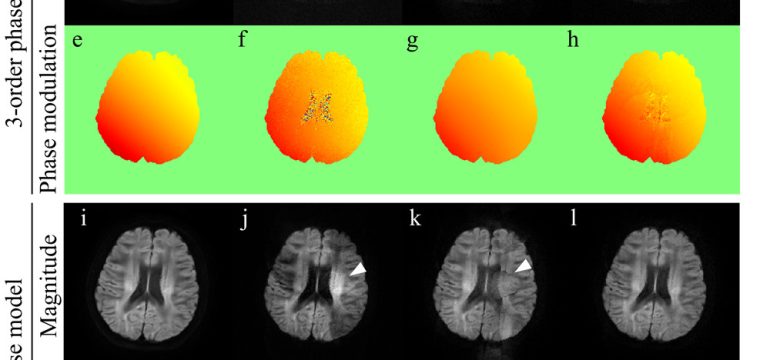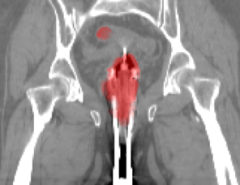Authors: Chen Qian, Yuncheng Gao, Mingyang Han, Zi Wang, Dan Ruan, Yu Shen, Yaping Wu, Yirong Zhou, Chengyan Wang, Boyu Jiang, Ran Tao, Zhigang Wu, Jiazheng Wang, Liuhong Zhu, Yi Guo, Taishan Kang, Jianzhong Lin, Tao Gong, Chen Yang, Guoqiang Fei, Meijin Lin, Di Guo, Jianjun Zhou, Meiyun Wang, Xiaobo Qu
Published on: October 20, 2022
Impact Score: 8.22
Arxiv code: Arxiv:2210.11388
Summary
- What is new: The research introduces a new Physics-Informed Deep DWI reconstruction method that synthesizes high-quality paired training data for overcoming the challenge of inter-shot motion-induced artifacts in diffusion MRI without requiring artifact-free training labels.
- Why this is important: Traditional multi-shot Diffusion MRI techniques, while providing higher resolution images, suffer from motion-induced artifacts that can’t be removed with existing methods, affecting the clarity and usefulness of the images.
- What the research proposes: A novel deep learning approach known as Physics-Informed Deep DWI (PIDD) reconstruction method is proposed, leveraging the physical diffusion model and inter-shot motion-induced phase model to synthesize high-quality paired training data for artifact-free reconstruction.
- Results: The PIDD method demonstrates superior motion artifact suppression and reconstruction stability across multiple scenarios with excellent clinical adaptability, achieving significant improvements as verified by seven experienced doctors.
Technical Details
Technological frameworks used: Physics-Informed Deep Learning
Models used: PIDD utilizes synthetic data generation based on physical diffusion and motion phase models.
Data used: 100,000 synthetic samples for training.
Potential Impact
Healthcare providers, MRI technology manufacturers, and medical imaging software developers could benefit from or be disrupted by the advancements in MRI image clarity and reliability.
Want to implement this idea in a business?
We have generated a startup concept here: ClearViewAI.




Leave a Reply